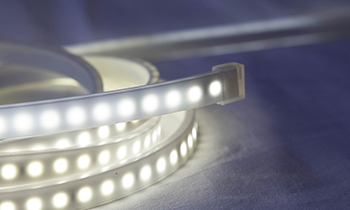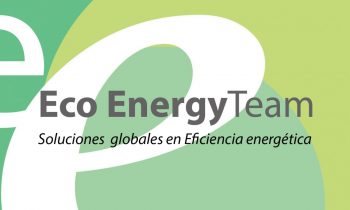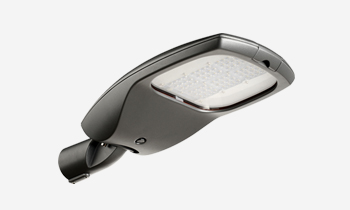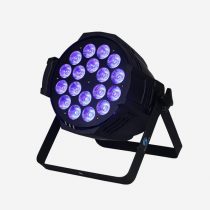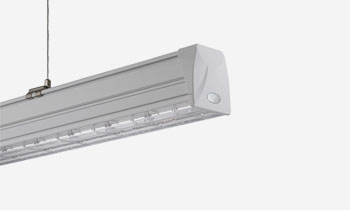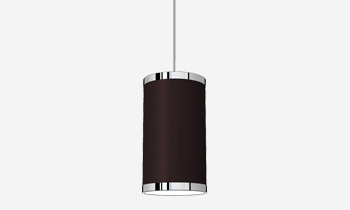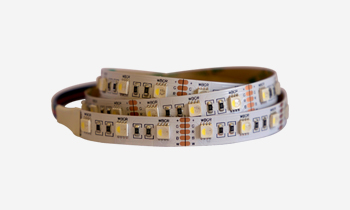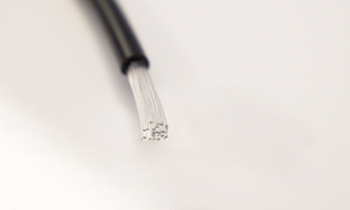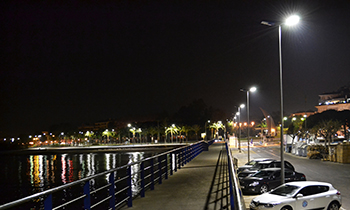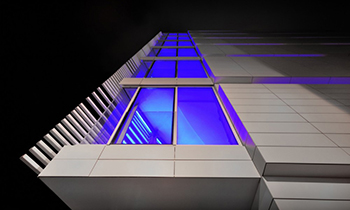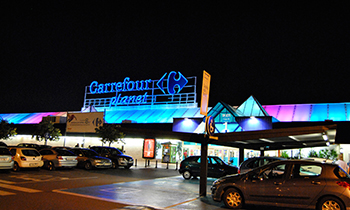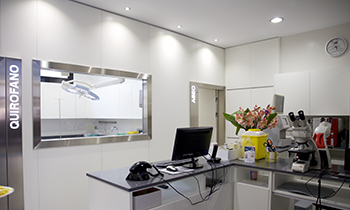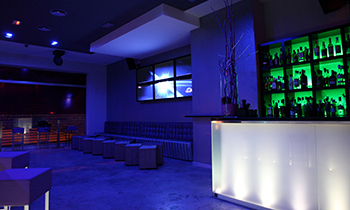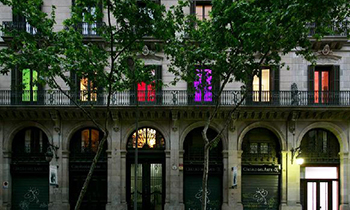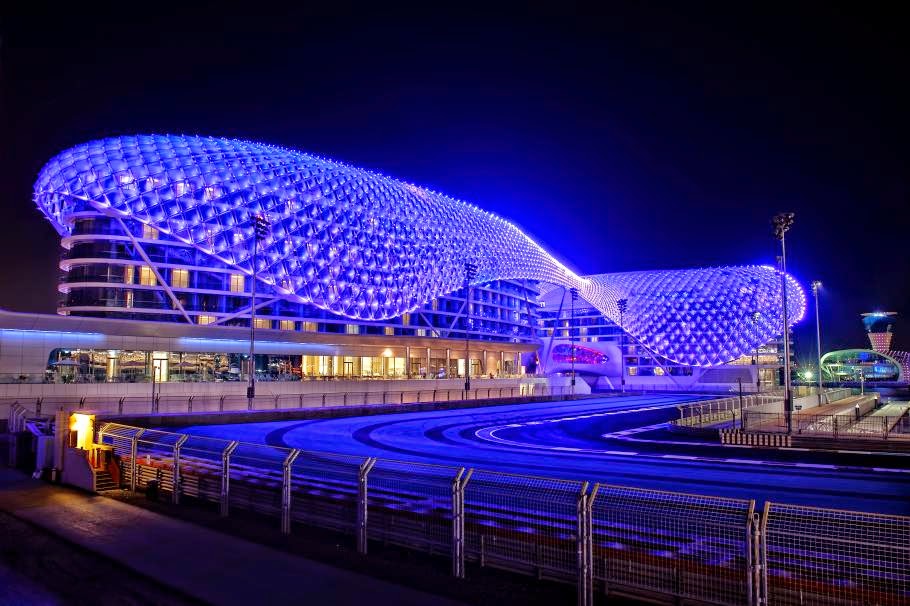Nowadays, savings, at home (which in Europe accounts for 30% of total energy consumption), and in companies, is something that is necessary. Coupled with increased environmental awareness, this makes us opted for more efficient and environmentally friendly technologies, such as LED technology.
LED bulbs that have huge advantages over traditional lighting no doubt, but when choosing your LED bulb … Do you know what is best choice for you? We can find a lot of models and products on the market, so sometimes it is difficult to know what is the perfect bulb for your needs. To know how to choose the suitable bulb, you have to take into account, in addition to your needs, implementing it and look out on basic aspects such as: the type of material of the bulb itself, power and luminous flux, the angle opening of light, color temperature and installation.
WHAT KIND OF LED BULB I CHOOSE?
At the time of selecting a LED bulb it is very important to consider the material from which it is made itself. The more density, more efficient active material is. LED bulb emits more light depends on the amount of this active material that is material that converts electricity into photons. LED bulbsalso differ, among other things, by the LEDs which may contain: from 3 (the most common for domestic use are those of 3 or 5 LEDs) to bulbs 20. Goodwork guarantees high density and high durability.
WHAT POWER DO I NEED?
There is a common mistake to choose the LED bulb for its power, when really what interests us is the amount of light emitted. To discuss this, we have to have two very clear concepts: what are the watts (W) and what are the lumens (lm). Watts tells us what the bulb consumes in terms of electricity, and lumens, the light generated by the light source, the luminous flux. The great advantage of LED bulbs is that they give us many lumens a few watts, this means 80% savings in electricity (that what you pay is the amount of watts consumed).
In Goodwork have a luminaires with a high energy efficiency, 220 lm/w. Our products achieve significant savings and optimize energy greater extent than other competing products with similar characteristics. When we speak of light or energy efficiency, we mean the amount of light emitted in relation to the energy consumed. It is measured in lumens per watt (lm / W). To make it easier to understand we will give you an example:
- An incandescent bulb with 60W produces 800. If we divide 800 from 60 the result is 13 lm/w.
- A fluorescent with 20W produces 800 lumens. If we divide 800 from 20 the result is 40 lm/w. Something more efficient than incandescent.
- An LED bulb with 9W produces 800 lumens. If we divide 800 from 8 the result is 88 lm/w. Twice a fluorescent efficiency and almost seven times more efficient than a common incandescent.
WHAT ANGLE OF APERTURE DO I WANT?
In Goodwork advanced technology and sophisticated optics in LED technology is used, so with just a light bulb can reach a space. Depending on the space and its size and the effect, you want to give the room to illuminate, you must choose an opening angle of light or another. This parameter will guide us to choose the right lighting:
- A low angle (40 °) will give us a more precise lighting. It lights up less space, but will be more focused. For example, if you want to illuminate something specific: a table in a restaurant, a cabinet in the living room, a painting in a gallery, etc.
- A more open angle (120 °) will give us a more homogeneous lighting. For example, to illuminate a room (of normal size).
WHAT KIND OF LIGHT IS BETTER FOR ME?
When a black body is heated, it emits light of different color according to the temperature at which the calentemos. This is how the color temperature is measured in degrees Kelvin, associating a color temperature which should be a black to emit the same color body. It is very important to know that the color temperature associated with a body is not the actual temperature.
LED bulbs are divided according to their 3 types of temperature and Goodwork recommend the use of each color for an application:
- Cold White: 5800K. More intense, ideal for parkings or storage, for example.
- Natural white: 4500K. An average intensity considered “day light”. It improves concentration, productivity and performance. Recommended for offices and workspaces.
- Warm White: 3000K. A fainter light, more shooting, ideal for living rooms or cozy and relaxed atmospheres.
WHAT KIND OF INSTALLATION I NEED?
In our homes and workspaces coexist incandescent, fluorescent, halogens bulbs… is very useful to investigate whether these facilities can replace or re-use part of it to make the switch to LED technology. Keep in mind transformers, if we can re-use or we worth remove them and directly connect the LED lamp to the grid. Also, keep in mind, that if you have dimmable systems (systems that regulate the light intensity) can take advantage if they are compatible with the new bulbs.
Do not hesitate and move to LED with Goodwork.
Pic via Ovacen


